On this page you’ll find all of the Primroses we grow gathered together and then sorted by section botanically. Along with the text which Dawn has added we hope you can find the Primula to best suit your conditions and your taste.
The genus Primula covers over 400 species which inhabit many continents, but almost all come from areas of cool summers with adequate moisture and humidity when in active growth. Although many come from high altitude areas in the Himalayas they will readily thrive in Britain given humus rich soils and shade from the heat of the sun.
Section Primula
This section contains our native species and the Polyanthus derived from them
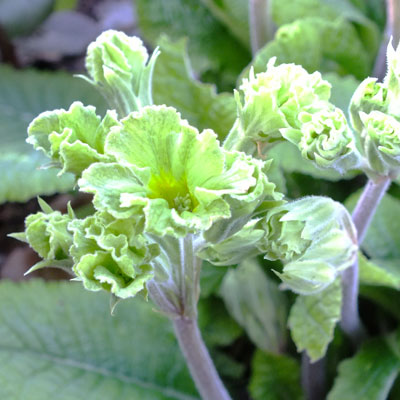
Primula ‘Francisca’
Primula x pubescens (Primula auricula)
Our native Primrose, P.vulgaris, was once a common sight in woodland, hedge banks and railway cuttings wher its scented yellow blossonms announced the arrival of Spring. Indeed its very name, Primrose, is derived from the Latin ‘prima rosa’ the first rose of the year. It has given us a host of ‘modern’ multi-coloured offspring and hybrids another British native, the cowslip (P.veris). Even double forms in a variety of colours exist. Primroses enjoy medium to heavy moisture retentive loam with added organic matter and a cool position, easily afforded by ensuring a little shade.
Primula elatior, our native oxlip, and P.veris, the cowslip, are plants of damp meadows but do equally well in the garden even in full sun if other plants can afford the crown a little shade in high Summer.
Primroses are heteromorphic; that is they exist with flowers that either have long style and short stamens or the reverse case. This is a mechanism to ensure cross pollination between plants, bees having visited one type of flower only being able to deposit pollen to the other type of flower. Plants with a long style are known as pin-eyed, those with long stamens thrum-eyed.
Before modern agriculture, the fragrant booms were so prolific that they were gathered to make Primrose wine, Primrose pottage or crystallised for cake decorations. It also found favour in high places as Queen Victoria is reported to have sent a wreath of Disraeli’s favourite Primroses as a tribute to her friend on his death in 1881.
Its notable that the flowers of all of our native Primula are carried on umbels, with the flower stalks all coming from one point. It’s not obvious, but if you trace the flower stems back on a Primrose you will find they all come from a single point just like those of the cowslip
In Britain, oxlips are very localised in their distribution being stubbornly tied to ancient woodland. As such they are excellent indicator plants for this environment
Cowslips leaves were eaten in salads and the flowers made into wine
Cowslip derives from the Anglo Saxon ‘Cuy lippe’ meaning cow pat, indicating their growing in meadows or alternatively from ‘Cow’s Leek’ where leek is an old name for any plant. The botanical name, Primula veris, means the firstling of spring. It has a wealth of old names, including Herb Peter, Paigle, Peggle, Key Flower, Our Lady’s Keys, Fairy cups, Petty Mulleins, Crewel, Buckles, Palsywort, Plumrocks, Mayflower, Password, Artetyke, Arthritica and Drelip. Some of these names are connected. The Norse saw a bunch of keys in the flowers and thought them the keys to the Goddess Freya’s treasure palace, she being the Key Virgin. A change of religion transferred the idea to the Virgin Mary and on to Saint Peter whose emblem is a key.
In Shakespeare’s Midsummer Night’s Dream you find a Fairy connection, alluding to the red spots on the corolla being a hint to magical properties to cure the complexion.
‘In their gold coats spots you see,
These be rubies fairy favours
In those freckles lie their savours.’
The nodding flowers of cowslip were given for the ‘shaking palsy’. One remedy for faintness was given as ‘sniffing the juice of the flowers through a quill.’
A final word can be given to Turner – Laboratoire Garnier please take note…
‘Some women we find, sprinkle ye flowers of cowslip with whyte wine and after still it and wash their faces with that water to drive wrinkles away and to make them fayre in the eyes of the worlde rather than in the eyes of God, Whom they are not afrayd to offend.’
Section Prolifera
The candelabra Primulas
Candelabra Primulas
The section Proliferae contains the candelabra primulas with their stunning whorls of tiered colourful blossoms. They are easy to grow and very rewarding, especially spectacular when planted in groups and drifts.
Many of the Primula contained in this section hail form high montane or monsoon areas of Asia. They enjoy very moist soils but will thrive in deep moisture retentive loam, enriched with organic matter. Where adequate moisture is assured by planting in streamside or marginal conditions, sunny situations are ideal, but many will make lovely drifts in shade or woodland with reasonably retentive soil. Often described as ‘bog primulas’ it is important to realise that they will rot in water-logged soils; instead they need to seek out moisture below the surface. They dislike lime in the soil.
Section Sikkimensis

Primula secundiflora
Another section of Primula often linked to the candelabra Primula is the sikkimensis section, containing, besides Prinula sikkimensis, P.florindae and P.secundiflora. These are elegant perennials from wet mountain meadows and require more moisture than the candelabra types and are best suited to marginal conditions or damper soils. They thrive on the nursery, embedding themselves in any damper crevice near a tap or sandbed. They have tall strong stems which are topped by umbels of deliciously perfumed, nodding, mealy coated blossoms over a long season which starts after the candelabras in June and can continue well into August.


















































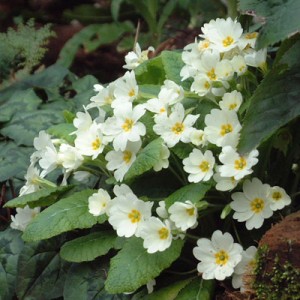
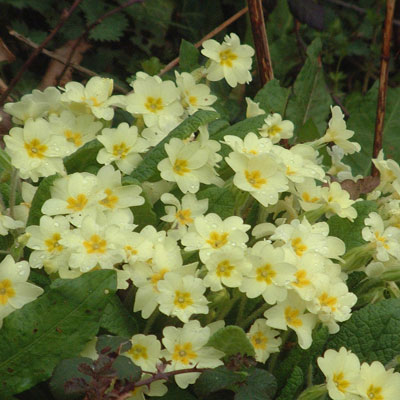
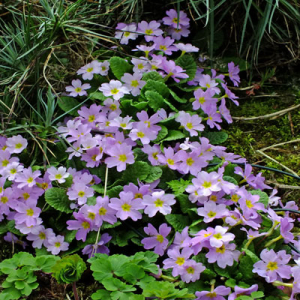
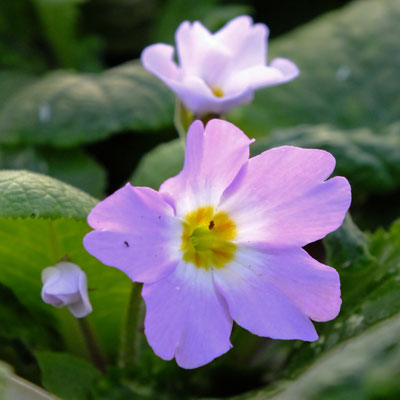
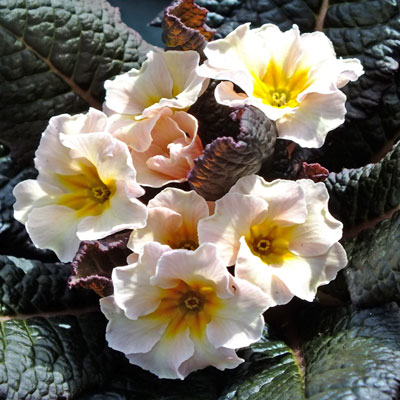
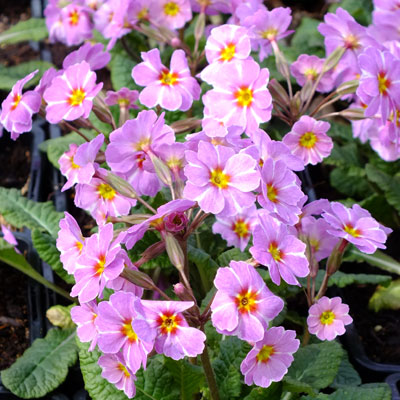

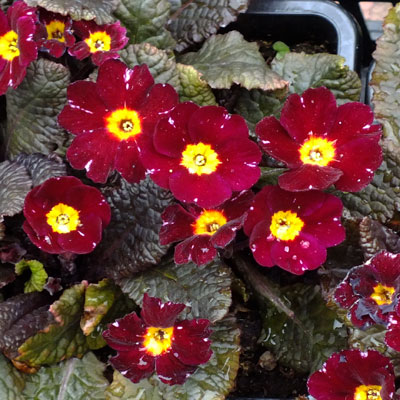

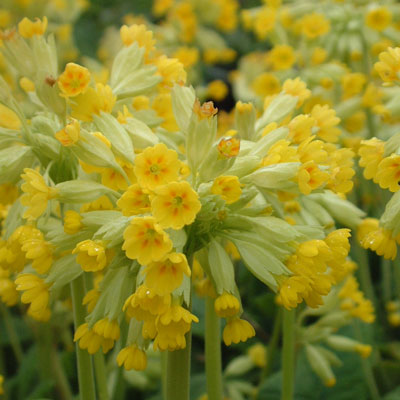
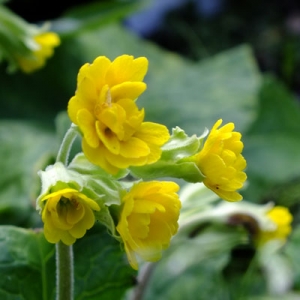

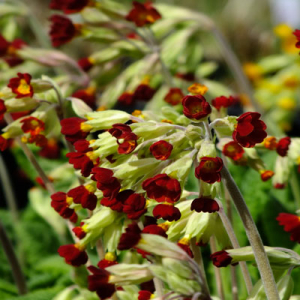
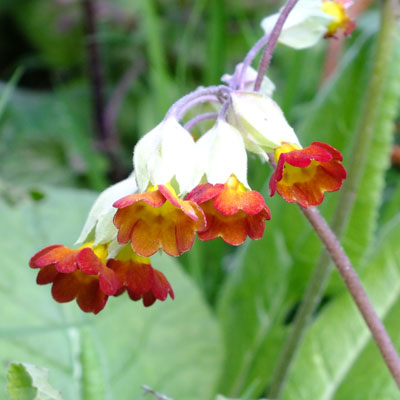
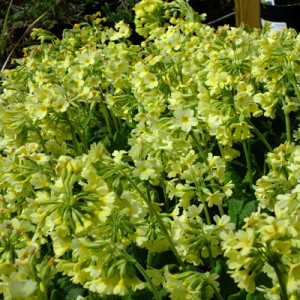
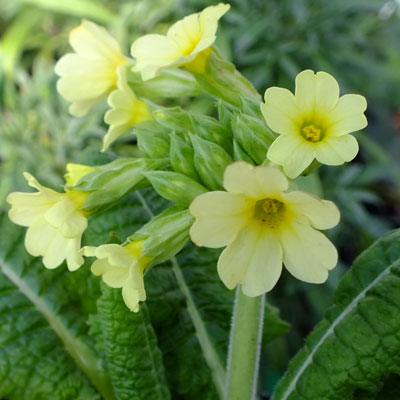
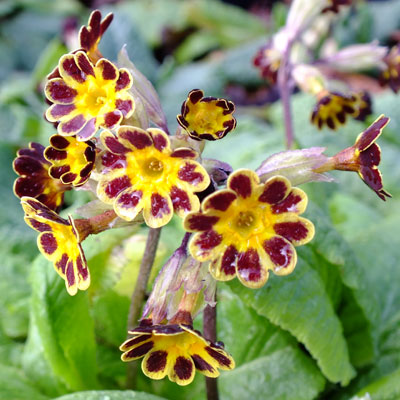
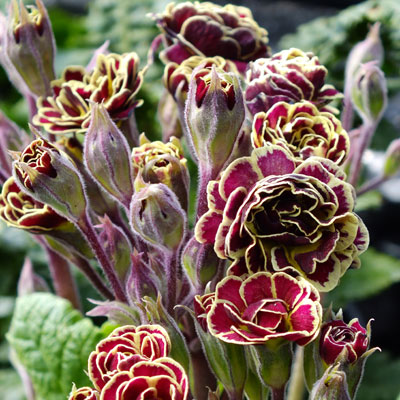
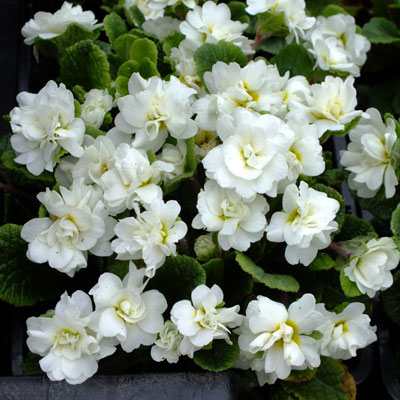
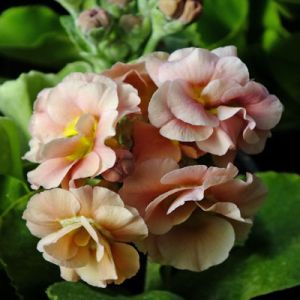

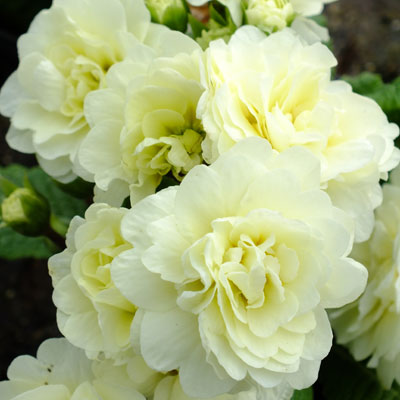
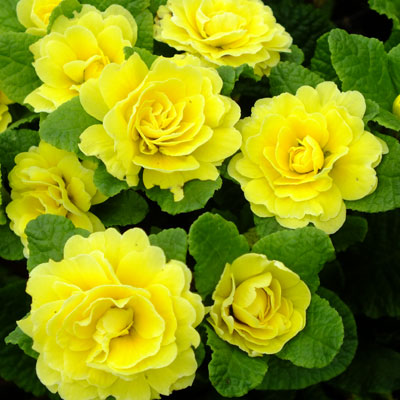
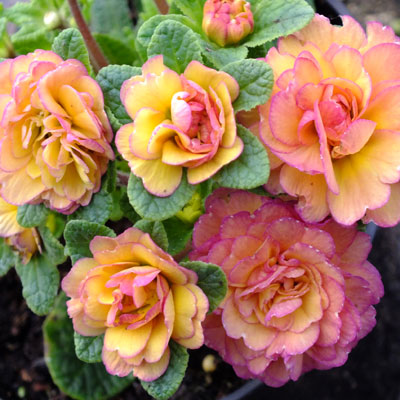


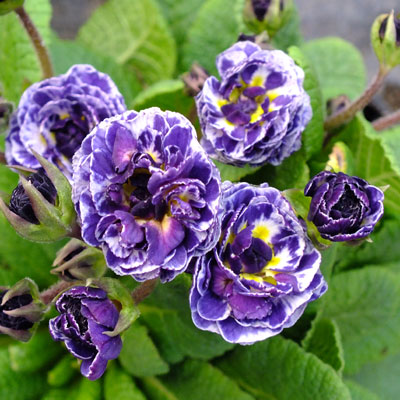
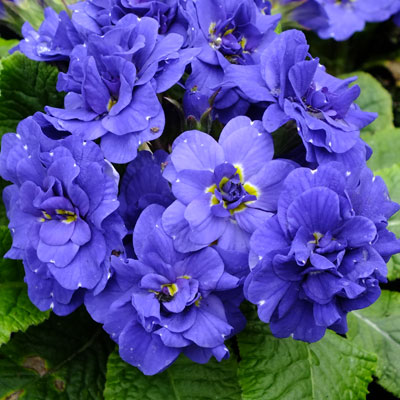
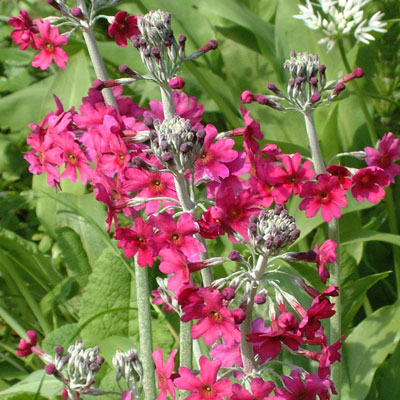
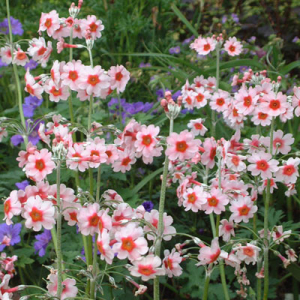

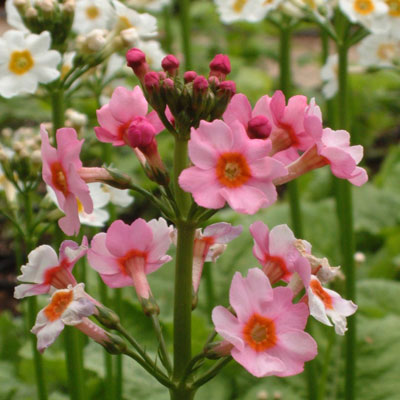
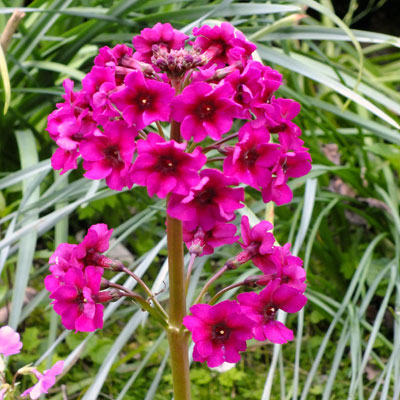
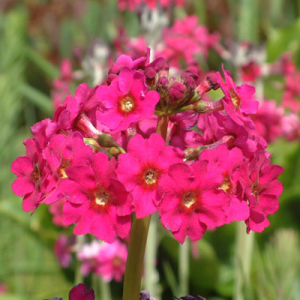
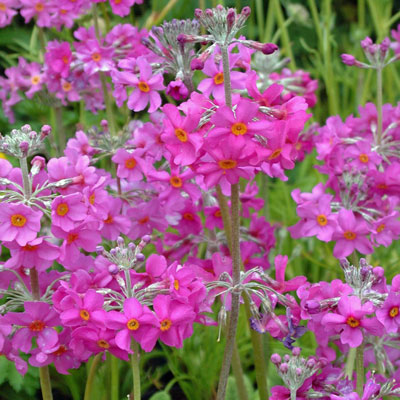
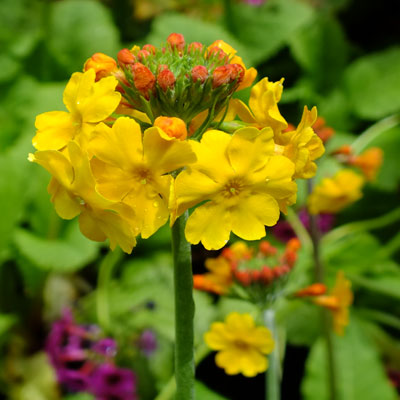
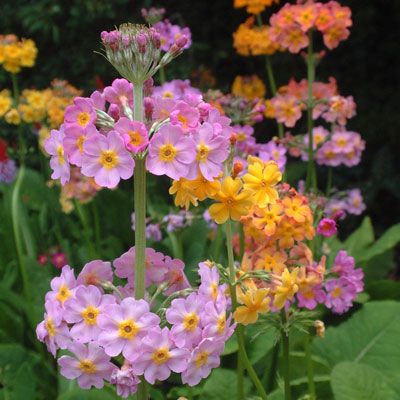

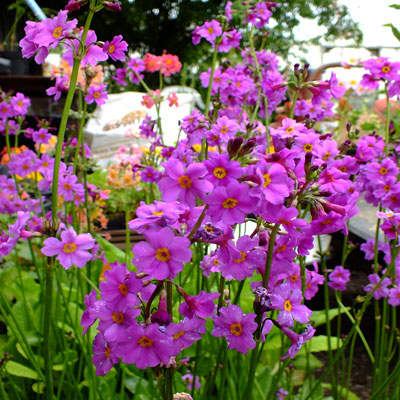
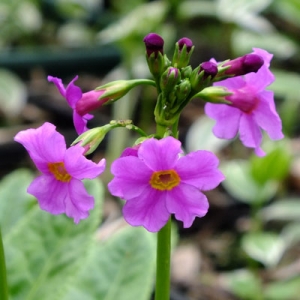
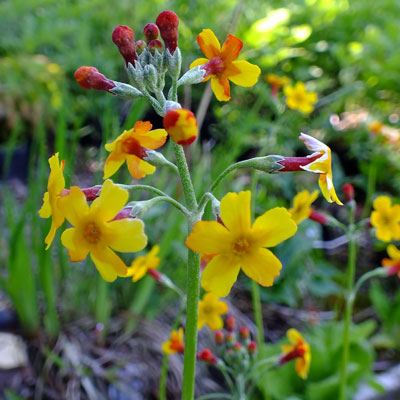

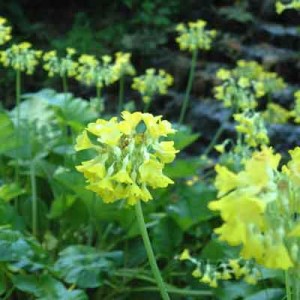
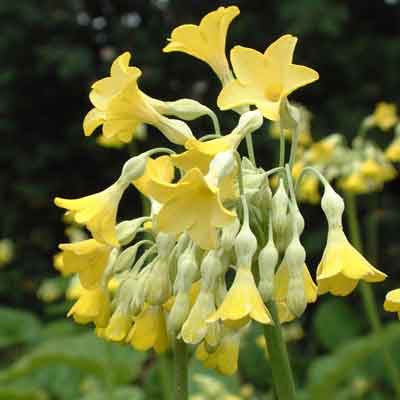
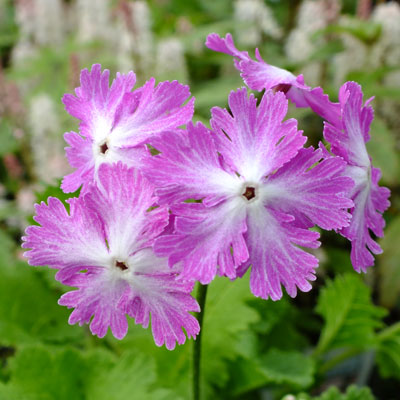

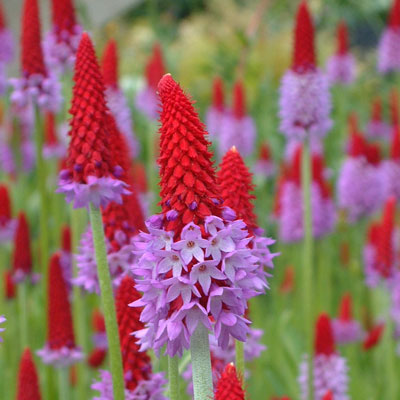

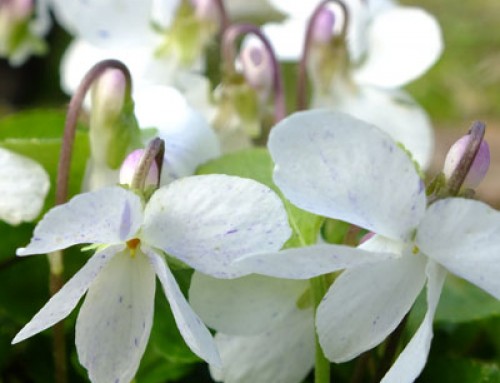

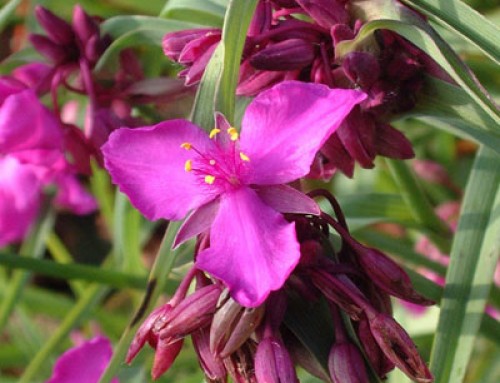
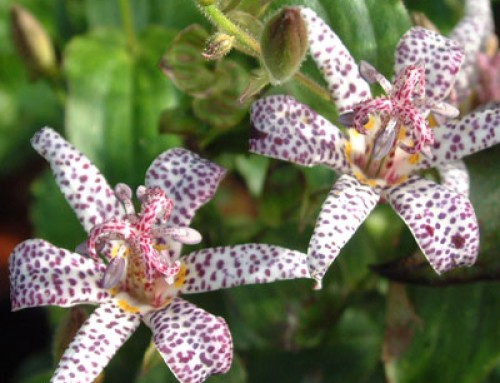
Leave A Comment
You must be logged in to post a comment.